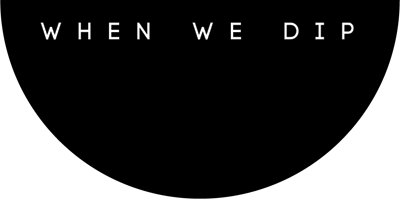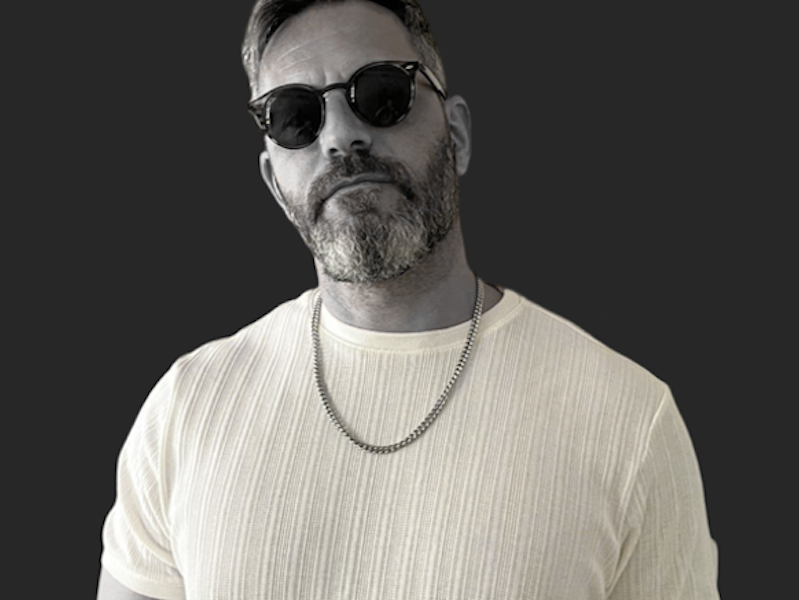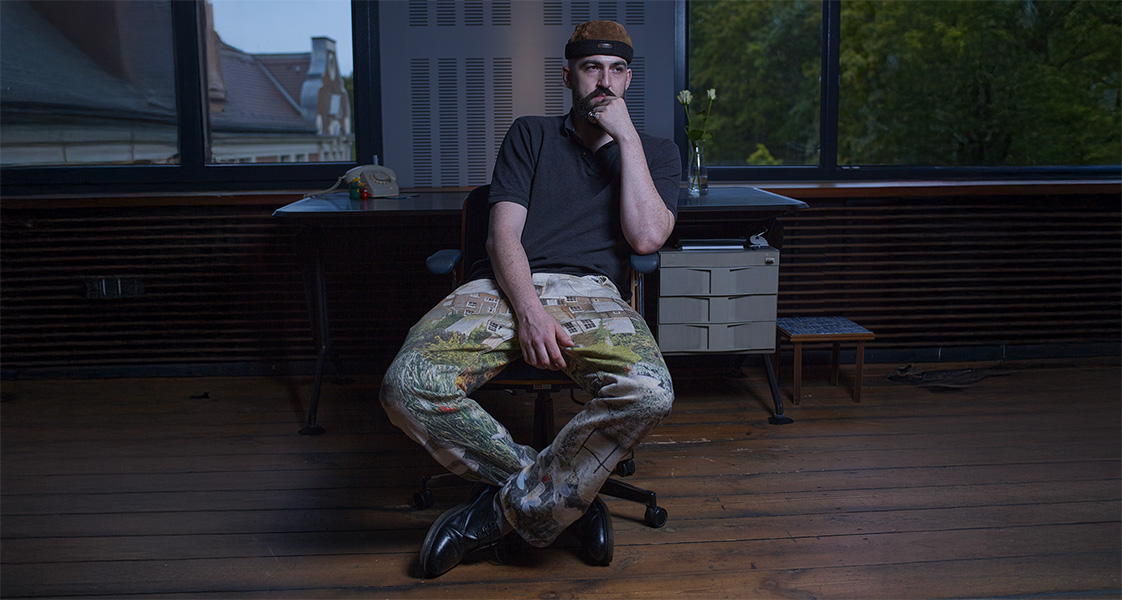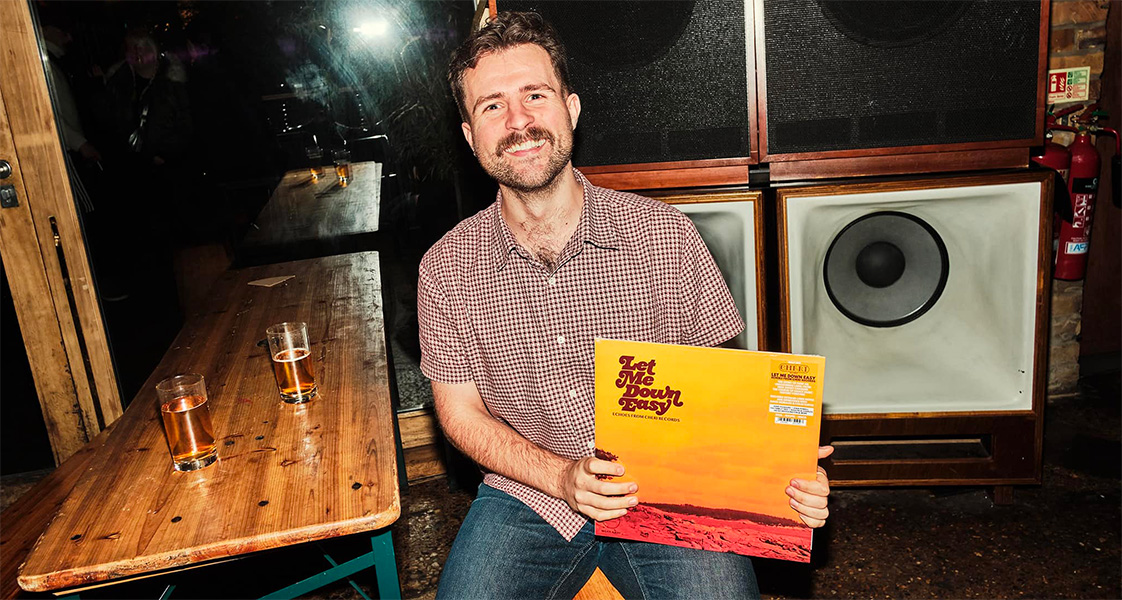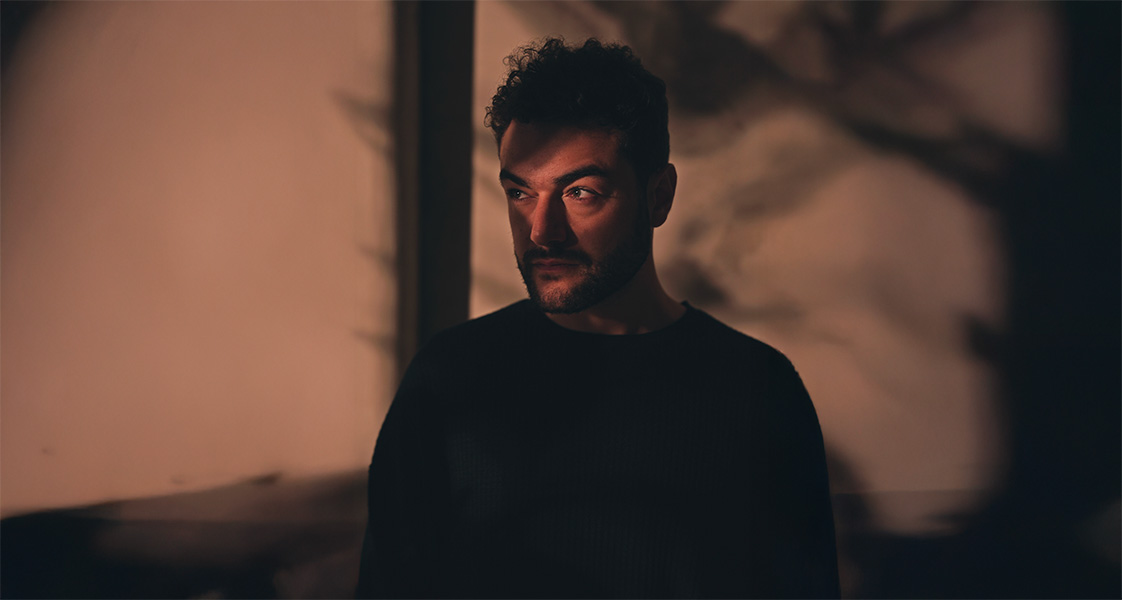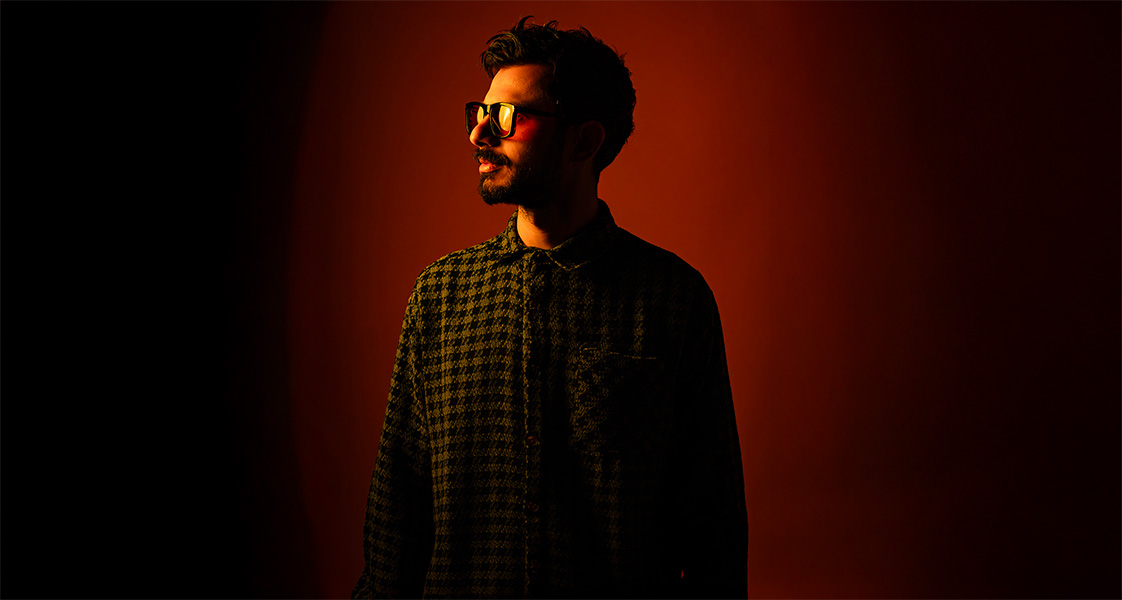Born as Serdar, Sebastian Hal is a master of Oriental deep melodic house, blending traditional house with Eastern musical influences. Known for uplifting melodies and storytelling, his tracks are both evocative and visually impactful, featuring deep basses and complex melodies that transport listeners to otherworldly landscapes.
Celebrating both the new and nostalgic, Sebastian’s music uses modern electronic techniques with rich Eastern textures. His dynamic range, from pulsating rhythms to serene melodies, suits both dance floors and personal reflection.
With a dedicated following and a respected place in the dance music community, Sebastian Hal continues to innovate and inspire, promising more groundbreaking sounds to his global audience.
We caught up with him to discuss his Eastern influences, creative process, and what he has lined up for the rest of this year!
WWD: Your music is a beautiful blend of deep melodic house and Eastern influences. Can you tell us about your journey into this unique fusion of sounds?
I was born in Turkey, and my earliest musical memories are of my grandmother playing traditional Turkish music. Those melodies became a part of my musical DNA long before I discovered electronic music. My transition into blending these sounds happened naturally; I was drawn to how the hypnotic qualities of traditional Turkish scales and rhythms could weave together with deep house elements. Both styles share the ability to create transcendent, meditative states.
WWD: What inspired you to incorporate Eastern textures and storytelling into your music? Do you draw from personal experiences or cultural roots?
The inspiration for my music comes from a deeply personal place. The traditional Turkish music my grandmother shared with me during my childhood laid the groundwork for my musical understanding. When I began producing electronic music, these influences naturally surfaced in my work. I’m not just sampling Eastern sounds; I am sharing pieces of my cultural heritage through a modern electronic lens. The emotional storytelling I admired in 90s electronic music, especially from artists like Paul van Dyk, Faithless and Chicane, taught me how to bridge these two worlds effectively.
WWD: Your tracks often feel like they transport listeners to otherworldly landscapes. What’s your creative process for building such evocative and immersive melodies?
My creative process starts by capturing a feeling or memory. I’m often influenced by the Oriental melodies of my childhood and the epic, emotional journeys found in 90s electronic music. I may begin with a traditional scale or rhythm, then build modern electronic elements around it that resonate with the golden era of trance and progressive house. My goal is not just to create a track but to tell a story that connects different worlds, eras, and cultures. Having my wife and kids as my first test audience is invaluable – their reactions often tell me if I’ve captured the right emotion in a track.
WWD: How has signing with labels like CafeDeAnatolia, Trust The Machine, and Chakra Records shaped your career and your sound?
Each label has inspired me to explore various aspects of my artistic vision. CafeDeAnatolia and Chakra Records, in particular, have been exceptional in supporting music that celebrates cultural fusion. They immediately grasped my goal of blending my Turkish heritage with modern electronic music. These labels have allowed me the freedom to remain true to my unique sound while connecting with a global audience.
WWD: In a genre that thrives on nostalgia and innovation, how do you strike a balance between honoring traditional influences and pushing the boundaries of modern electronic music?
I view tradition and innovation as complementary forces. The music I grew up with is rich in rhythms and emotional depth, while the 90s electronic scene—especially artists like Faithless, Paul van Dyk, and Chicane—taught me how to craft powerful emotional journeys through modern production. I aim to create something new that honors both worlds by integrating traditional instruments and scales with contemporary electronic elements.
WWD: Your music caters to both dance floors and introspective moments. Do you approach production differently depending on the setting you envision for a track?
My approach to music is influenced by my early experiences. When I first heard Paul van Dyk’s “For an Angel,” it struck me how electronic music can be both energetic and deeply moving. I strive to capture that quality in my own work, creating tracks that are suitable for both the dance floor and personal, introspective moments. The emotional depth of my musical heritage adds another layer that helps me achieve this balance.
WWD: The visual element of music is clearly important to you. How do you craft your music to evoke specific imagery or feelings in your audience?
For me, it’s all about the emotional impact. I blend the music I grew up with and the powerful feelings I got from 90s electronic artists into something that really moves people. When I’m making music, I trust my gut – if a track gives me goosebumps while I’m producing it, I know it’s working. That’s my simple rule: if it touches me emotionally in the studio, it will create those same powerful feelings and visuals for others when they hear it.
WWD: The dance music community is ever-evolving. How do you stay inspired and continue to innovate within your sound?
While I’m always looking forward, I find endless inspiration in bridging different eras and cultures. The electronic music scene is constantly evolving, but I’m not just following trends; I’m trying to create timeless pieces that carry the soul of multiple musical traditions. Having my unique background and influences helps me contribute something different to today’s scene.
WWD: What’s the most memorable feedback or moment you’ve experienced from a fan or during a performance?
What truly drives me is seeing my tracks played around the globe. Every time I check the statistics and see my music reaching new countries, it reminds me that music has no boundaries. It’s incredible to think that the Turkish melodies from my grandmother’s kitchen are now being heard in places I’ve never even visited. Each comment I receive—whether from someone who connects with the emotional melodies or feels moved by the cultural elements—gives me the energy to keep pushing forward. That’s what makes this journey so special: knowing that the sounds we create can touch people’s hearts, no matter where they come from.
WWD: What can we expect from Sebastian Hal in the future? Are there any exciting projects, collaborations, or performances on the horizon?
My journey of sonic exploration never stops. Music has always shown me how to break boundaries and create entirely new soundscapes, and that’s exactly what I aim to achieve with my upcoming projects. I am currently working on my debut album, which I plan to release by the end of the year. It will be a deep dive into my signature sound, pushing the limits of melodic electronic music in new directions.
I am also excited to be moving into film music; writing soundtracks allows me to experiment with new ways of telling stories through sound. My goal remains consistent with every project: to create music that connects with people, regardless of where they’re from—whether they are on a dance floor in Berlin, Tokyo, Tel Aviv, or New York. I want my music to take listeners on journeys that resonate in every corner of the globe.
WWD: Sounds like an incredible year! Thanks for the chat, Sebastian 🙂
Sebastian Hal: Instagram // Spotify // Soundcloud
